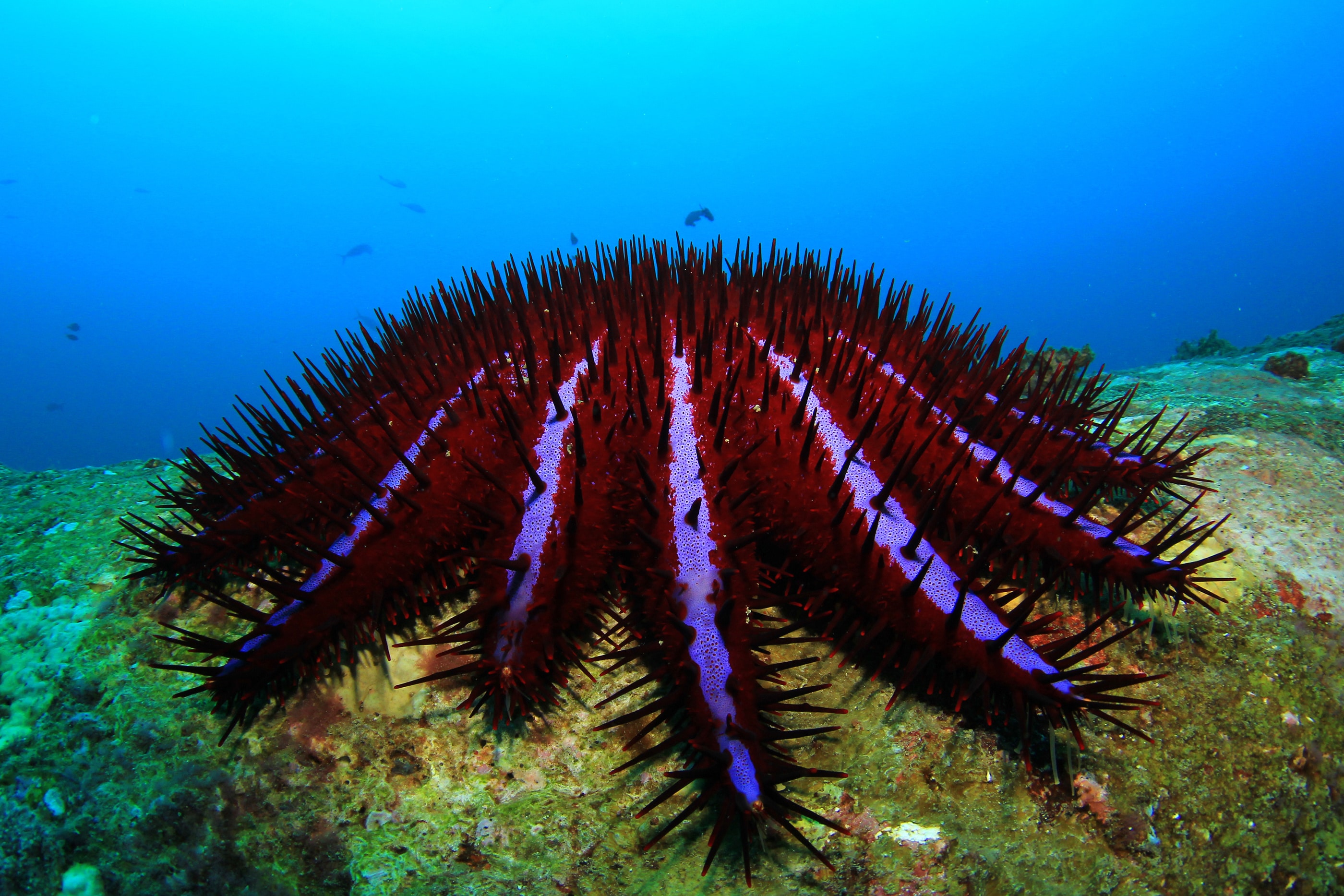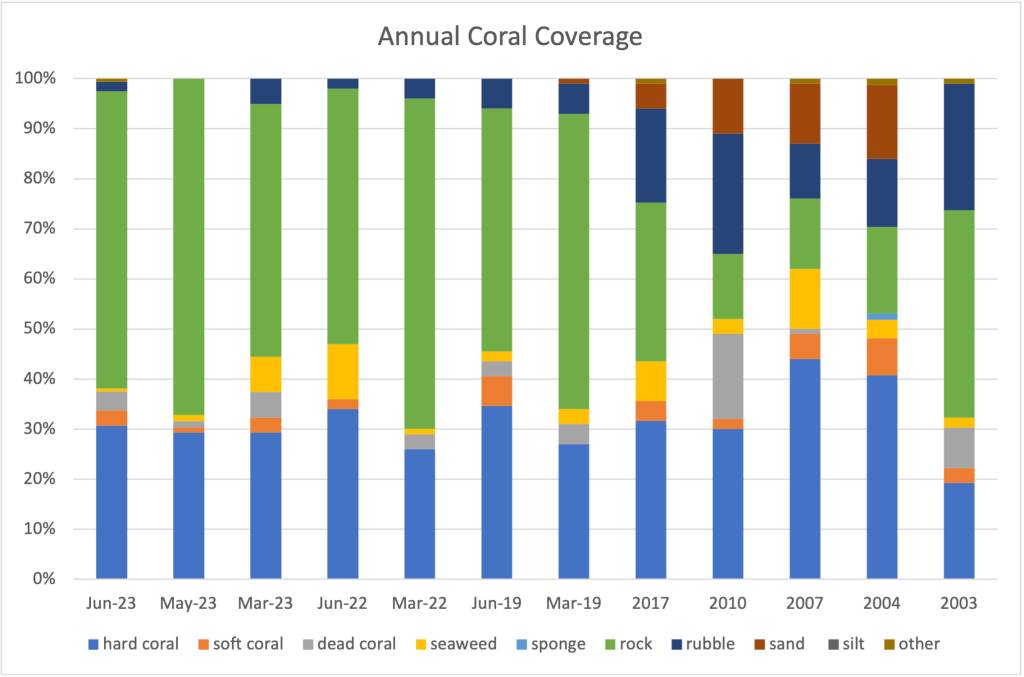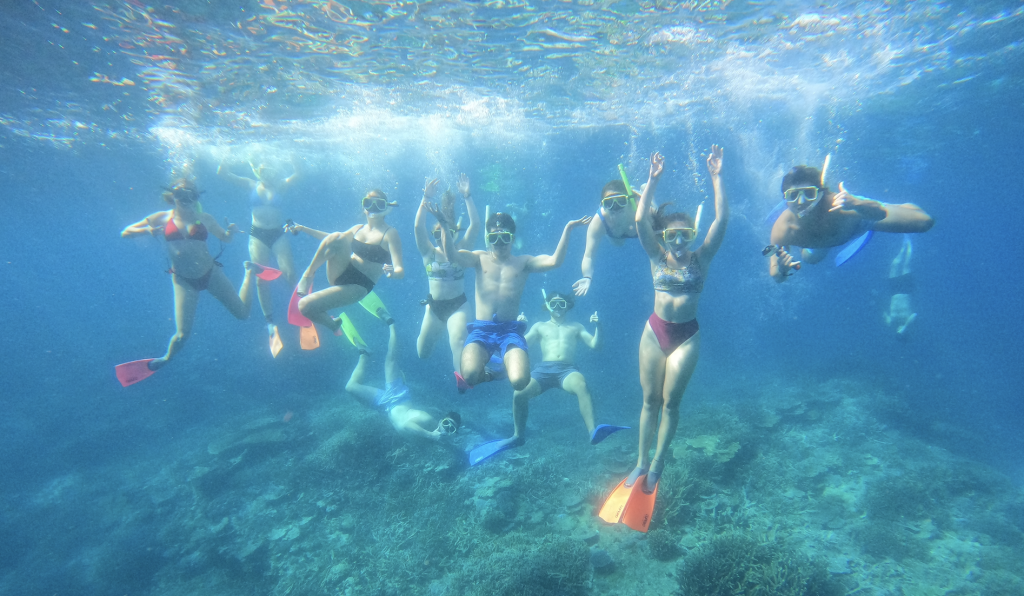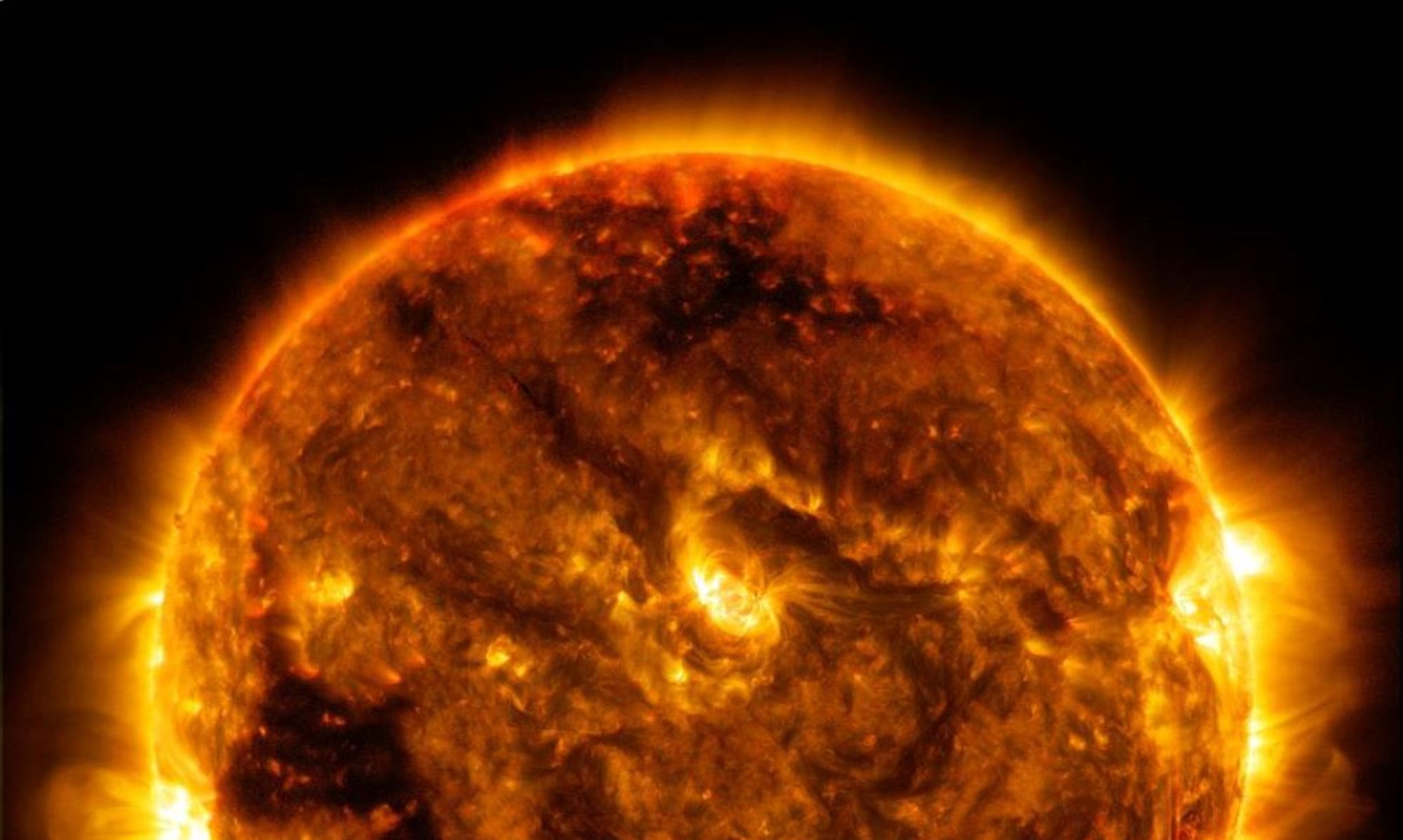For the ecology sphere, I took a course titled FANR4271: People, Planet, Profit. This was a part of a Discover Abroad program that traveled to Australia, New Zealand, and Fiji and centered around the interconnection between humans and the natural world. Through this program, I had the amazing opportunity to travel to Lady Elliot Island, an island in Australia located in the Southern Great Barrier Reef. I was able to learn of a myriad of new organisms and how they interacted with each other.
Zooxanthellae is an algae that grows on coral and produces oxygen. A lack of zooxanthellae indicates a dying coral becoming bleached, either from a lower ocean pH or overconsumption by the Crown of Thorns Starfish, another native species. A parrot fish is an abundant species in the region that has a parrot-like beak to scrape the zooxanthellae off the coral as their meal. A loss of zooxanthellae results in a loss of parrot fish which in turn creates an unbalance in the ecosystem. Each organism has a niche in a food web, a type of supporting service, and with the extinction of one results in lethal consequences.

A Crown of Thorns Starfish attacking coral.

Parrotfish
A major issue is the overabundance of the Crown of Thorns. In Fiji, students at the University of the South Pacific are instructed to actually hunt the Crown of Thorns in the Fijian reefs as the corals are dying in large quantities.
One of our projects at Lady Elliot Island was to conduct a citizen science experiment measuring coral health of the Great Barrier Reef in comparison to historical data. We did a similar study in Fiji on Beqa Island reefs. I have attached these two artifacts below. Lady Elliot Island is in a green zone, so the reefs are quite healthy. However, in Fiji, they underwent a major bleaching event in 2000. It was inspiring to learn that coral in Fiji are adapting to high temperatures and becoming more resilient to climate change effects.
Citizens science project where we measured coral health in the Southern Great Barrier Reef and compared it to historical data.

Graph depicting what percentage of a reef is hard coral, shown in blue. The larger the percentage, the healthier the reef. (Fiji)

